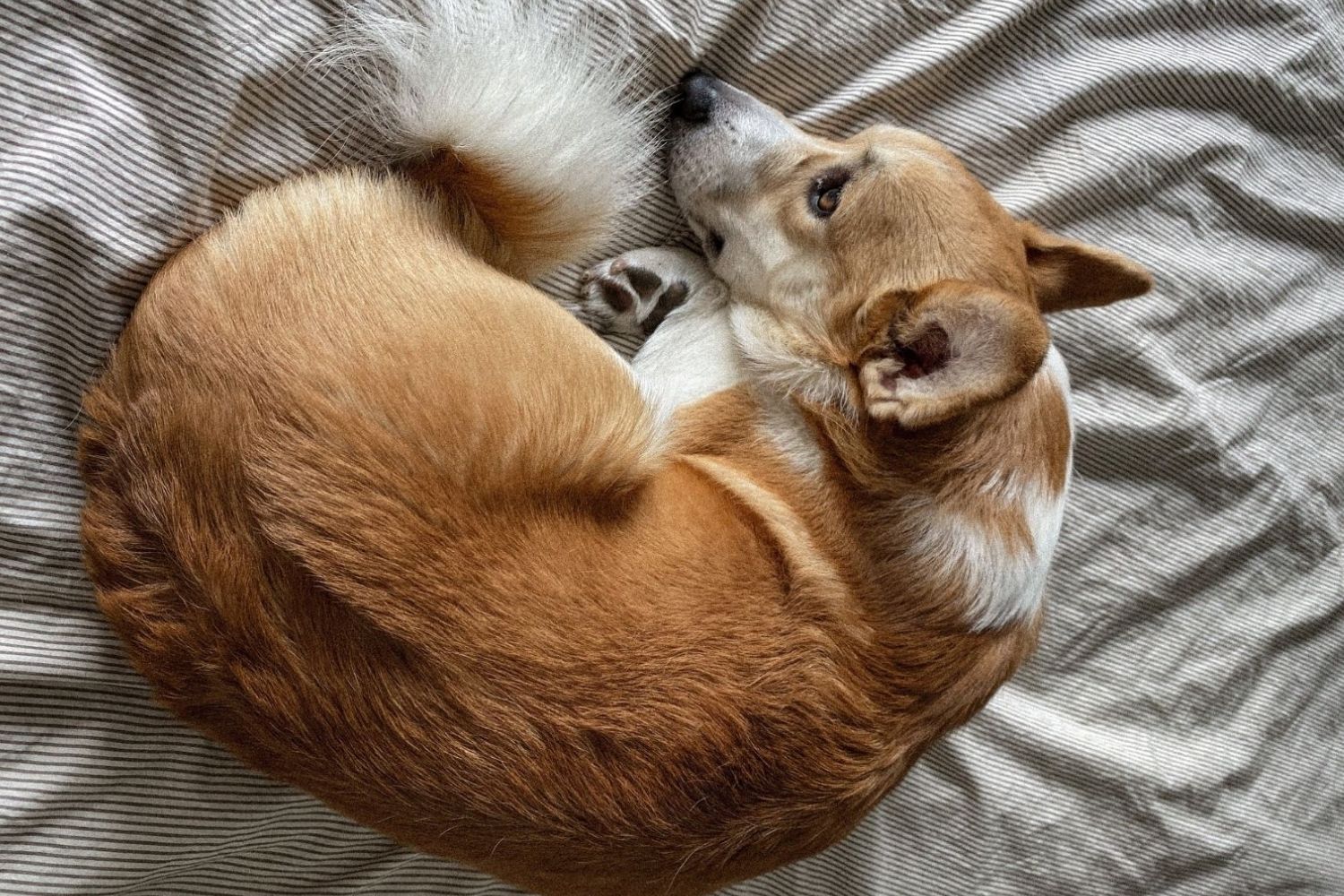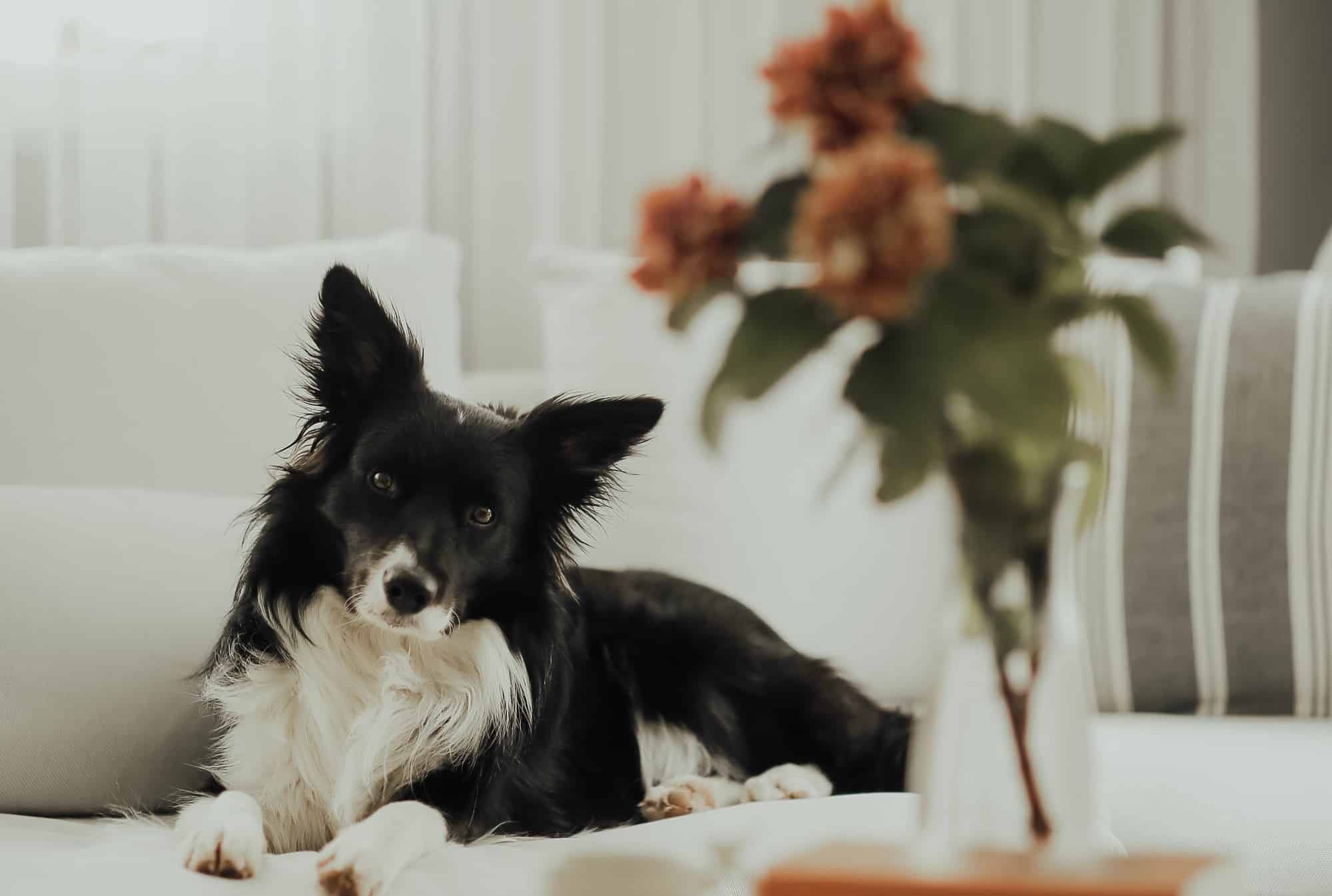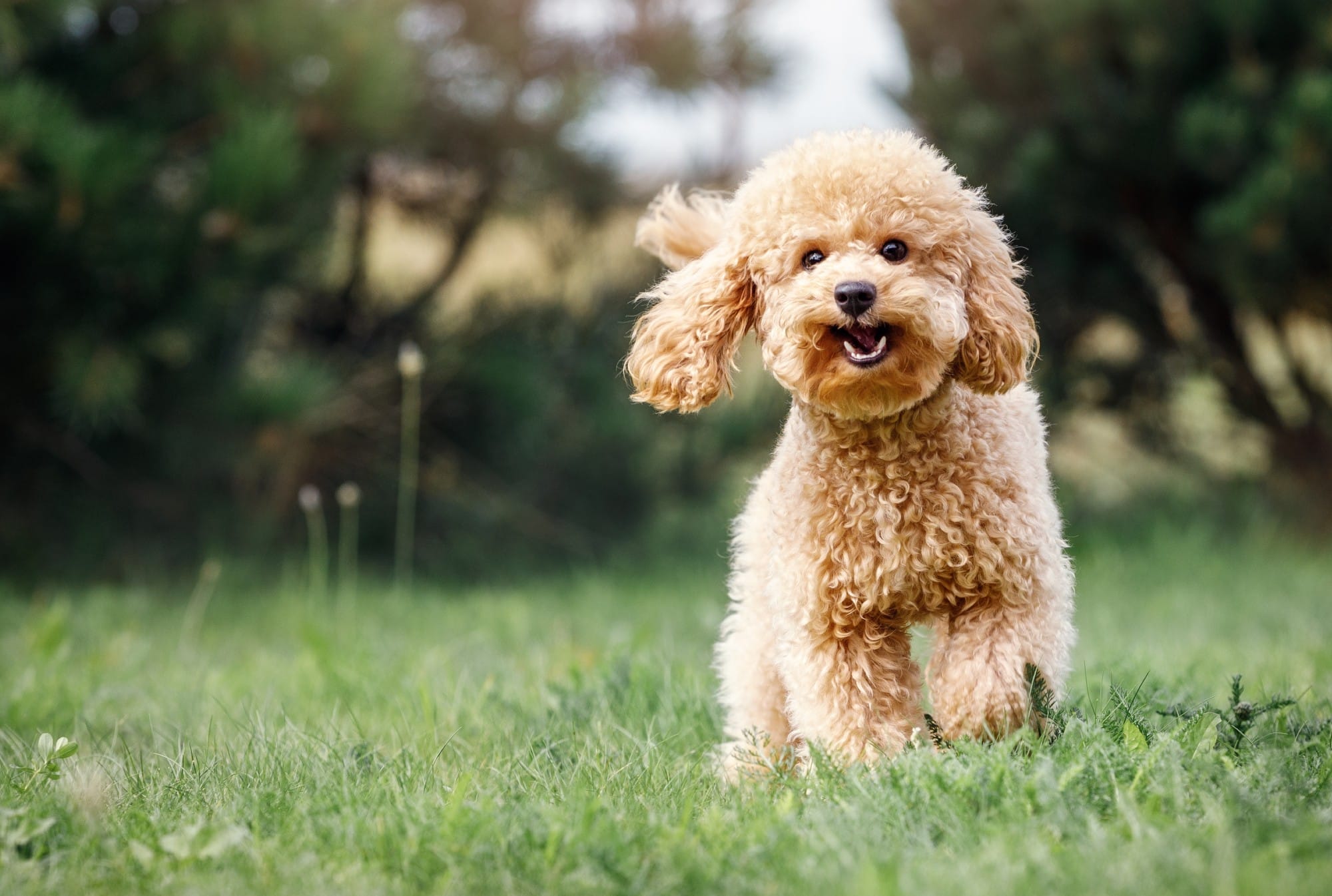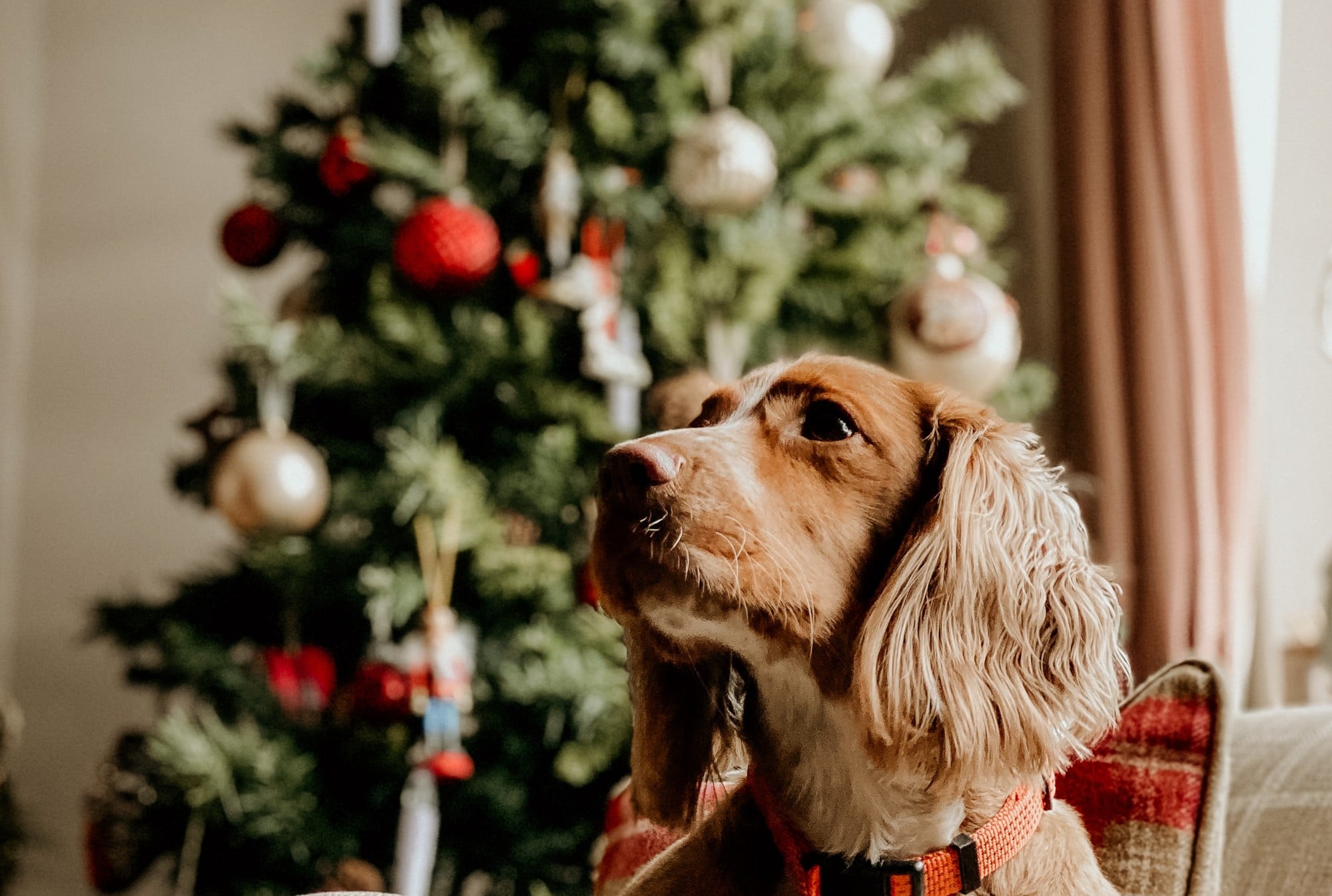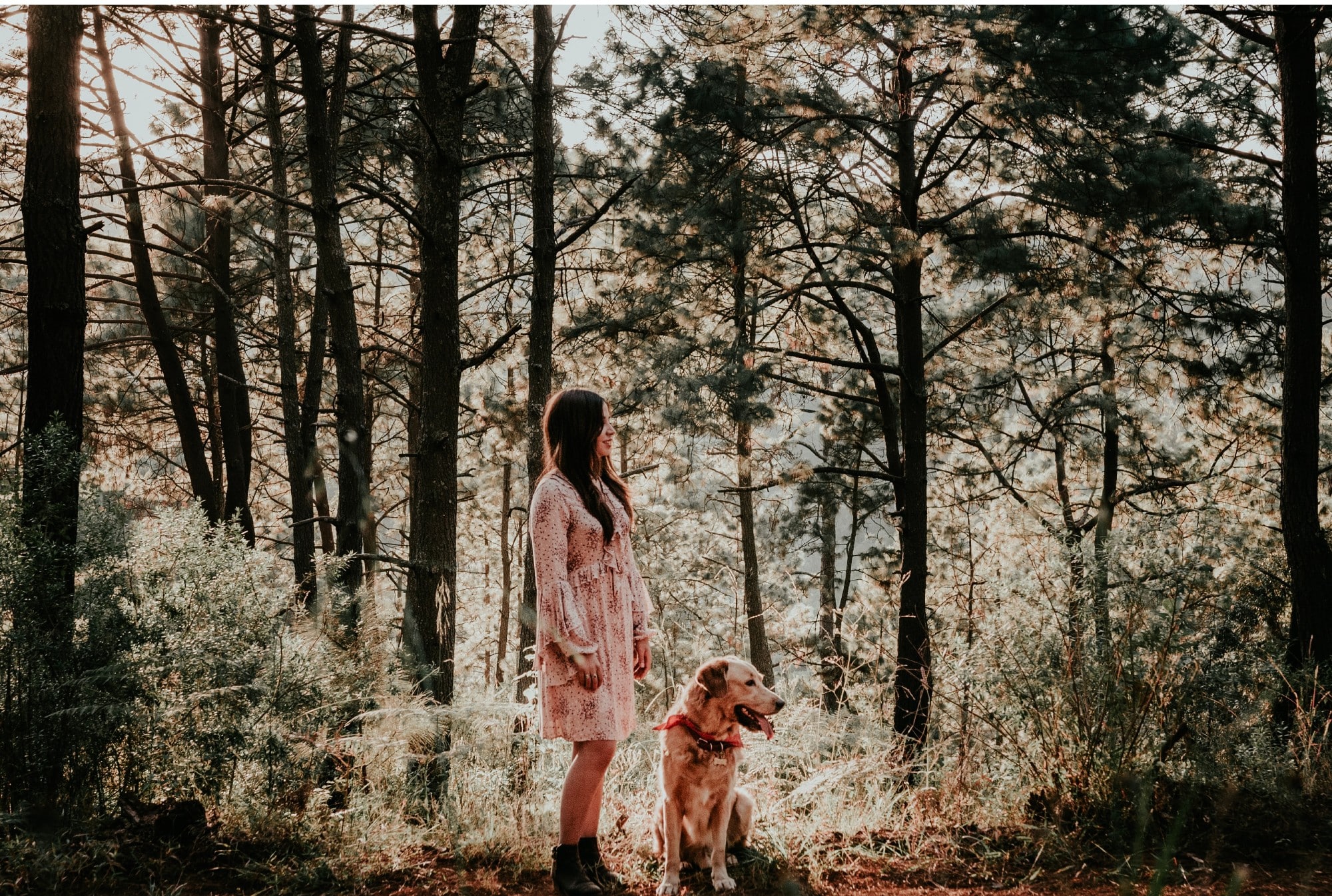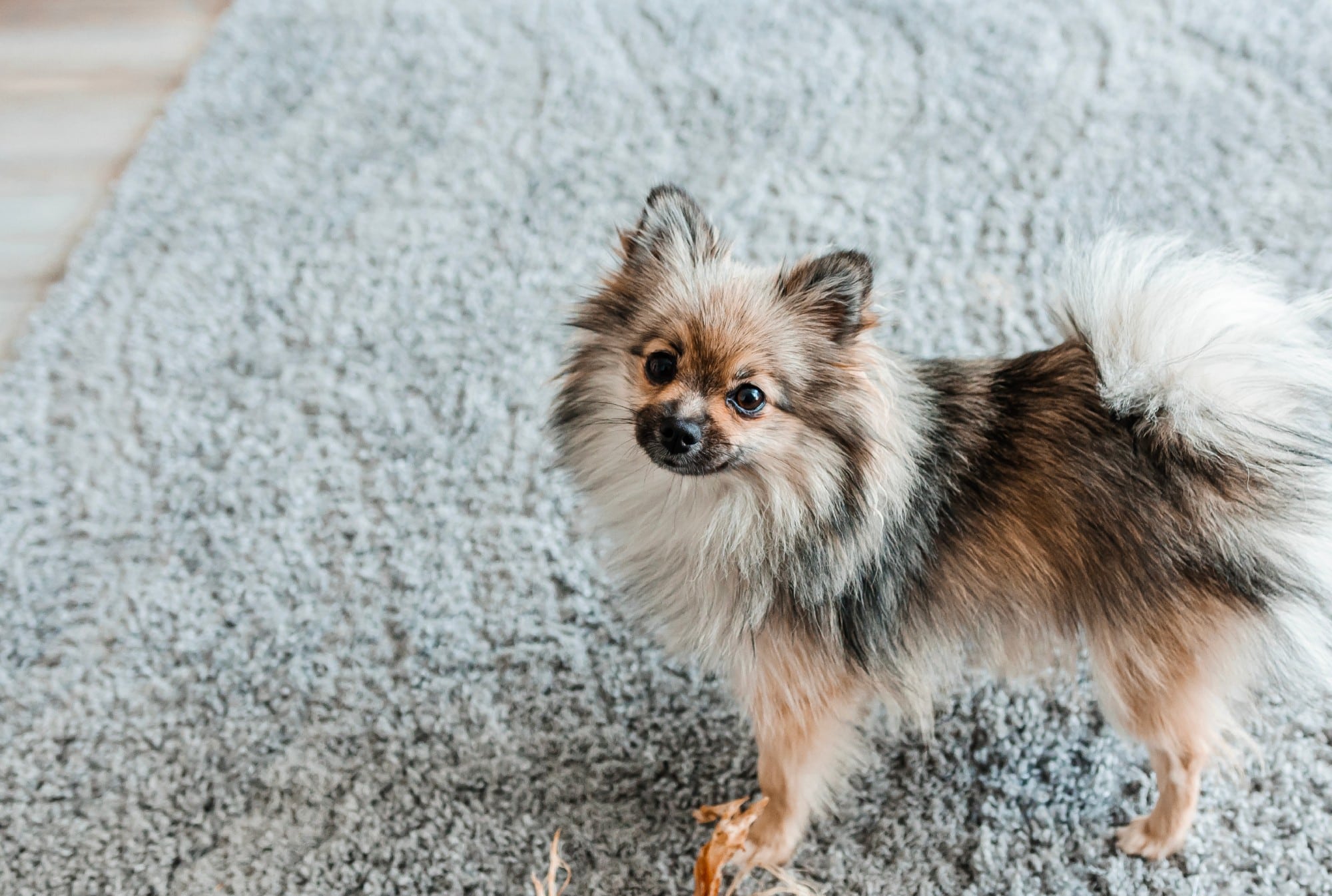Have you ever caught your dog dining on dirt, chewing on carpet or gnawing on socks? While you might find your pooch’s consumption choices weird or disgusting, this behavior can be downright dangerous.
Pica is a compulsive condition that compels our dog to eat non-food items, including dirt, fabrics, metal, plastic, paper, rocks, and even poop. Pica is generally a psychological issue for dogs, but it can also be caused by poor nutrition or underlying medical conditions.
Whatever the culprit is behind your pup’s strange snacking obsession, pica can pose a serious health risk to your dog. Ingesting non-food objects can lead to poisoning, blockages, choking, and other problems.
Related: What Your Dog’s Poop Says About His Health
“Depending on the item the dog consumes, really bad things can happen, like multiple areas of intestinal lacerations from balloon string or floss; throat area punctures caused by wood fragments from sticks; or poisoning if the substance is toxic, like batteries or cleaning products,” Dr. Dennis Chmiel, DVM, MBA, founder of ClueJay, says.
Pica Symptoms in Your Dog
The first step to solving your dog’s pica problem is identifying if he has one in the first place. The most obvious symptom of pica is observing your dog consuming non-food items. But if you don’t catch him in the act, your dog can exhibit the following signs after ingesting a foreign object:
- Loose stool
- Diarrhea
- Vomiting
- Chronic bad breath
- Straining when defecating
- Excessive drooling
- Burping
- Coughing or sneezing (if the item blocks their respiratory tract)
- Collapse
- Abdominal pain
- Loss of appetite
- Lethargy
Causes of Dog Pica
In most cases, pica in dogs is a behavioral problem. If the root cause of the pica is psychological, behavior modifications may offer a solution.
Psychological causes of pica include:
- Boredom (lack of mental and physical stimulation)
- Separation anxiety
- Attention-seeking
- Depression
- Lack of socialization
- Frustration
- Territorial over toys or food
“Some dogs are possessive of things and will purposefully or accidentally eat and swallow a toy if they perceive that another dog or pet wants that thing,” says Dr. Chmiel. “These are dogs that generally wouldn’t swallow those items if they weren’t ‘competing’ with another animal.”
Non-behavioral medical reasons for pet pica include:
- Teething in puppies
- Diabetes
- Anemia
- Stomach tumor
- Parasite infection
- Inflammatory bowel disease
- Neurological conditions
- Vitamin deficiency
- Hyperthyroidism
- Unbalanced diet
Some prescription medications that can cause pica due to an increase in appetite include:
- Corticosteroids
- Anti-seizure
Properly Diagnosing Pica in Dogs
The general diagnosis for pica in dogs is the behavior itself. You can help your vet properly diagnose the condition by paying attention to your dog’s habits.
“Look around the house and yard to try and figure out what your pet ate. That is the very best way to help a veterinarian diagnose and treat the symptoms,” says Dr. Chmiel. “It’s really common for veterinarians to find things swallowed by pets that their owners didn’t know or believe were missing — from kid toys to human medications to women’s underwear.”
Vets will often use x-rays or abdominal ultrasounds to try and identify the swallowed item in the stomach or intestinal tract, and use blood and urine tests to assess if a toxin has damaged kidneys, liver, or other organ functions, says Dr. Chmiel.
Your vet may also do a fecal test to rule out other possible issues. “Intestinal parasite symptoms can be confused with symptoms of pica, like vomiting or diarrhea, so fecal testing is often done to rule out roundworms, hookworms, and other parasites,” says Dr. Chmiel.
If there are no signs of any physical issues and your pet isn’t on any medications, the pica might be psychologically driven.
Treating Dog Pica
If your dog consumed a non-food item that is harming him, immediate veterinary treatment is critical. Dr. Chmiel says the vet will advise on appropriate action to take. “Don’t ‘hope for the best.’ Rather, be smart by getting advice from a licensed veterinarian and proceed accordingly,” he says.
Veterinary treatments will differ depending on your dog’s unique needs, with some including surgery, forcing a dog to vomit, or helping push the object through the system by giving extra food.
Follow-up visits will be necessary for your dog’s full recovery. If your dog underwent surgery, post-surgery visits are needed to check on the incision and to remove the sutures. If an underlying medical condition was discovered, follow-up wellness visits will evaluate your pet’s progress and response to treatment.
Preventing Dog Pica
If your dog has pica because of a psychological issue, boosting his mental and physical stimulation with plenty of play and exercise will vastly reduce anxiety and boredom. Calming pheromones or supplements can also alleviate stress.
Related: How to Have an Awesome Sniffing Walk for Your Dog
If you work long hours and are unable to spend adequate amounts of time with your dog, enroll him into a doggy daycare to increase socialization and prevent anxiety and boredom, hire a dog walker, or consider other arrangements to ensure your dog gets adequate exercise – both physically and mentally.
Sessions with a professional animal behaviorist can also help to prevent dog pica. Follow instructions carefully and schedule follow-up appointments as needed.
Also, keep your house clean to ensure your dog can’t get into anything he isn’t supposed to. “Clean up the yard right after the dog poops to prevent coprophagy — a pica condition where dogs eat feces — which helps prevent dogs from getting infected with intestinal parasites, like roundworms,” says Dr. Chmiel. “And keep a tidy house and yard to prevent kid’s toys and clothes from going missing.”
If the pica was caused by a nutritional problem, get your pup on the right diet. “Ensure a well-balanced diet to rule out any nutritional deficiencies and maybe feed more frequent meals, like 2-4 times daily, to reduce long periods of hunger,” says Dr. Chmiel.
Keep in mind, pica in dogs can cause serious health issues. If you notice your pet feasting on non-food objects, you need to address the problem right away. Contact a vet if you believe your dog has ingested any foreign object.
This article is for informational purposes only. It is not, nor is it intended to be, a substitute for professional medical advice, diagnosis, or treatment and should never be relied upon for specific medical advice.













